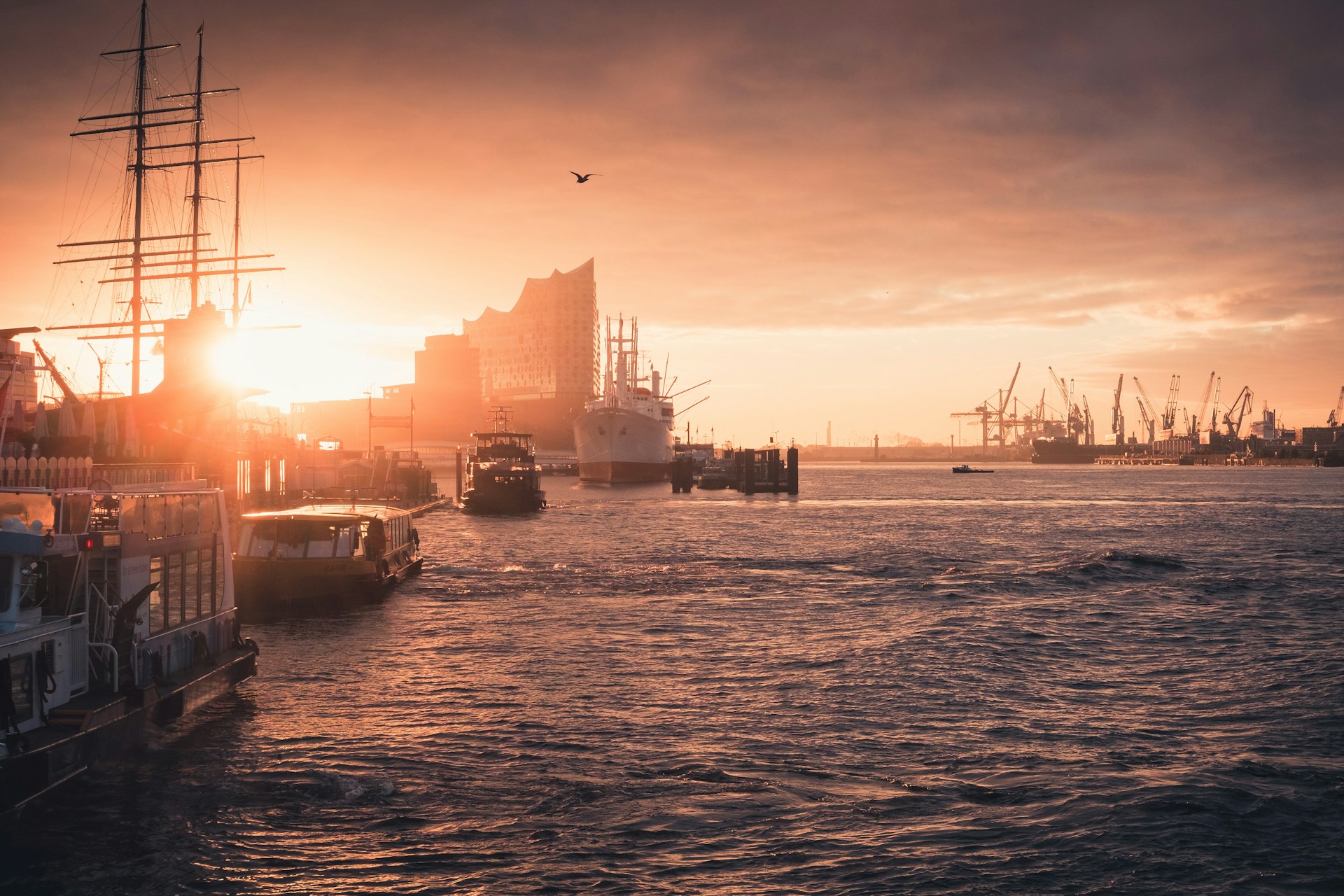Power Offered to Cargo & Cruise Ships at Port of Hamburg

The Port of Hamburg has become the first port in Europe to extend shore power capabilities to both container and cruise vessels.
The CMA CGM Group's vessel, Vasco de Gama, was the first container ship to be continuously supplied with shore power at the Container Terminal Hamburg (CTH). This milestone followed numerous tests on various ships and systems.
Going forward, container vessels will be able to draw power from renewable land-based sources while docked, eliminating the need to use their engines.
Dr. Peter Tschentscher, First Mayor of Hamburg, proudly announced that Hamburg is the first European port to offer shore power for both cruise and container vessels and starting in 2025, major cruise and container terminals at the port will be equipped with shore power connections.
This development is unique in Europe and represents a significant step towards reducing CO2 and pollutant emissions at the Port of Hamburg.
Jens Meier, CEO of the Hamburg Port Authority, noted that the project was initiated amid many uncertainties regarding the adoption of shore-side power.
At the time, nearly no container vessels in Europe were equipped to utilize shore power effectively. Despite these uncertainties, the authorities chose to proceed, paving the way for a sustainable future. By doing so, Hamburg has positioned itself as a forward-thinking pioneer in the industry.
The new facility at CTH will provide shore-side power to three mega-ship berths, each with a capacity of 7.5 megavolt-amperes. This renewable energy will be supplied to vessels from the public grid managed by HEnW.
Approximately €13 million was invested in this two-year development project, with Germany’s Federal Ministry of Economics and Climate Protection contributing 50% of the costs alongside Hamburg’s share.
The Hamburg Port Authority is finalizing contracts with major shipping companies authorized to use shore-side electricity, building on existing agreements with the port's customers.
Last year, despite economic challenges, the port achieved a robust container throughput of about 7.7 million TEU.